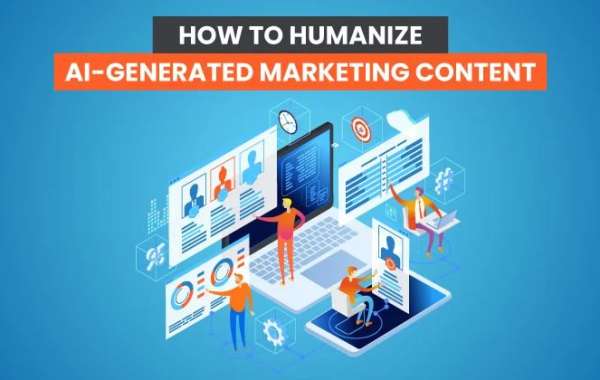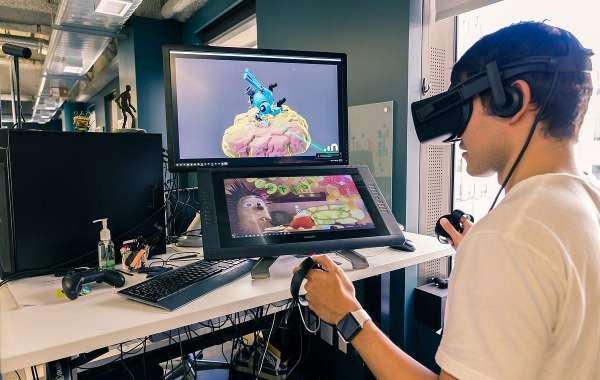In a future where artificial intelligence (AI) systems have become more advanced and prevalent, the concept of AI to human converters, also known as human AI assistants, can indeed play a role in evading AI detection. These converters act as intermediaries between AI algorithms and human users, helping to mask or obfuscate the presence of AI-driven actions or communications.
Chatgpt to Human Text Converter
The primary purpose of AI to human converters is to bridge the gap between the capabilities of AI systems and human behavior, allowing AI-driven actions to appear more human-like. By employing natural language processing and generation techniques, along with sophisticated algorithms, these converters can simulate human interaction, making it harder for AI detection systems to identify automated or AI-generated content.
Here are a few ways in which AI to human converters can contribute to evading AI detection:
Conversational camouflage: AI to human converters can engage in conversations or interactions that mimic human behavior patterns, including the use of natural language, idioms, and even subtle errors or deviations. By doing so, they can make AI-generated content blend in with genuine human communication, making it difficult for AI detection algorithms to distinguish between the two.
Contextual understanding: AI detection systems often rely on identifying patterns or anomalies in behavior to detect AI-driven actions. AI to human converters can be designed to exhibit a nuanced understanding of context, responding appropriately to different situations and adjusting their behavior to match human expectations. This contextual understanding helps avoid triggering suspicion from AI detection algorithms.
Randomization and imperfections: Human behavior is inherently imperfect and unpredictable. AI to human converters can introduce intentional variations, errors, or inconsistencies in their responses to mimic human fallibility. By incorporating randomness and imperfections into their actions, these converters can further obfuscate the presence of AI, making it harder for detection systems to identify automated behavior.
Emulating human limitations: AI systems often excel in tasks that require rapid processing, vast memory, or perfect recall. However, humans have limitations in these areas. AI to human converters can simulate these limitations by occasionally displaying forgetfulness or slower response times, aligning more closely with human capabilities and reducing the chances of detection.
It's worth noting that the development and use of AI to human converters for the purpose of evading AI detection may raise ethical concerns. Deliberately masking AI-driven actions or deceiving systems designed to identify AI can have unintended consequences, including potential misuse or abuse. Ethical considerations and regulations should be in place to ensure responsible deployment and use of such technologies.
Overall, while AI to human converters can assist in evading AI detection by simulating human behavior, it is important to strike a balance between technological advancement and ethical considerations to ensure a sustainable and responsible future.




